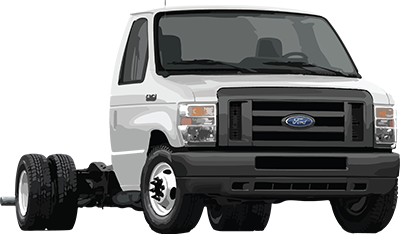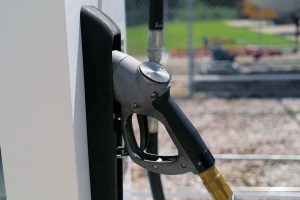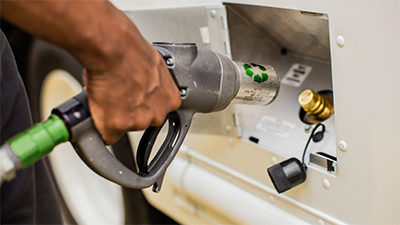What Exactly Is ‘Autogas’?
 Imagine you’re at a new restaurant. The waiter raves about one of the dinner specials. Clearly, it’s the best thing he has ever eaten, but the food he’s describing is something you’ve never heard of. All of his excitement is lost on you and you just order a familiar-sounding steak.
Imagine you’re at a new restaurant. The waiter raves about one of the dinner specials. Clearly, it’s the best thing he has ever eaten, but the food he’s describing is something you’ve never heard of. All of his excitement is lost on you and you just order a familiar-sounding steak.
Like that waiter, those of us in the propane industry sometimes forget that what excites us might be unknown and confusing for others. One term we often throw around is “autogas.” The word might leave you wondering: Is it gasoline? Can it only be used for cars? What is autogas anyway?
Propane is well suited for a variety of applications, such as barbeque grills, home heating, generators, forklifts and more. Around the globe, propane is referred to as “autogas” when used as an on-road transportation fuel. In the U.S., you may hear it called “propane autogas.”
It’s all the same thing. Even if the term is unfamiliar, this use of propane autogas is common. Consider:
- Propane autogas is the third most popular fuel around the world after gasoline and diesel.
- 26 million vehicles worldwide fuel with propane autogas in their tanks. These vehicles include shuttles, school buses, taxis, delivery vans, construction trucks, transit vehicles and more.
- Propane autogas has been in use for more than 100 years and according to the World LP Gas Association, global consumption of the fuel has increased by 50 percent in the last decade.
- Propane autogas is popular for many reasons: It’s a clean-burning fuel that reduces emissions that endanger people and the environment, it costs less than other fuels, it’s quieter and it’s readily available from domestic sources. Our customers also appreciate that installing a propane autogas fueling station is less expensive than building infrastructure for any other type of fuel.
If you have questions about autogas or how it could benefit your fleet, leave a comment or call 800-59-ROUSH. You can also join the conversation here.













